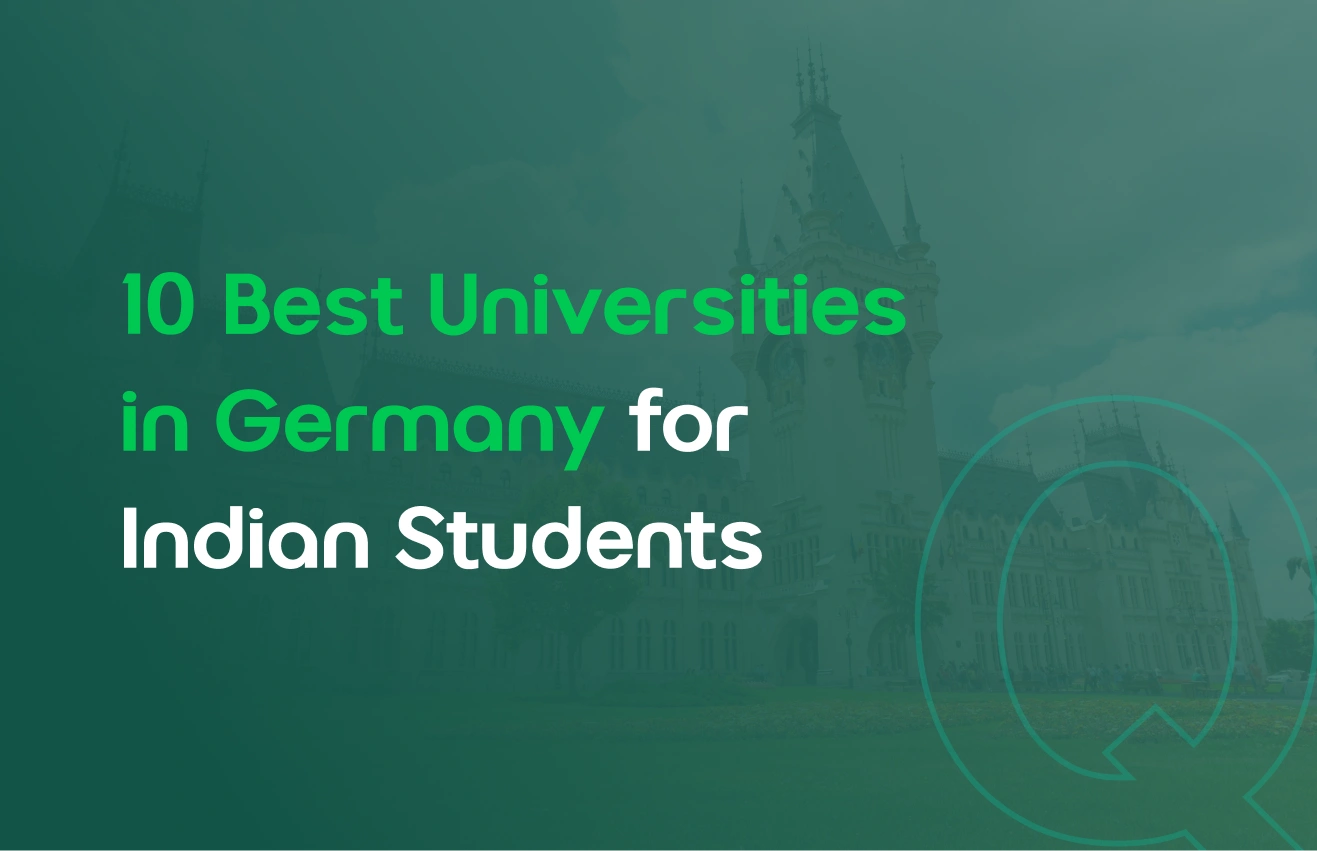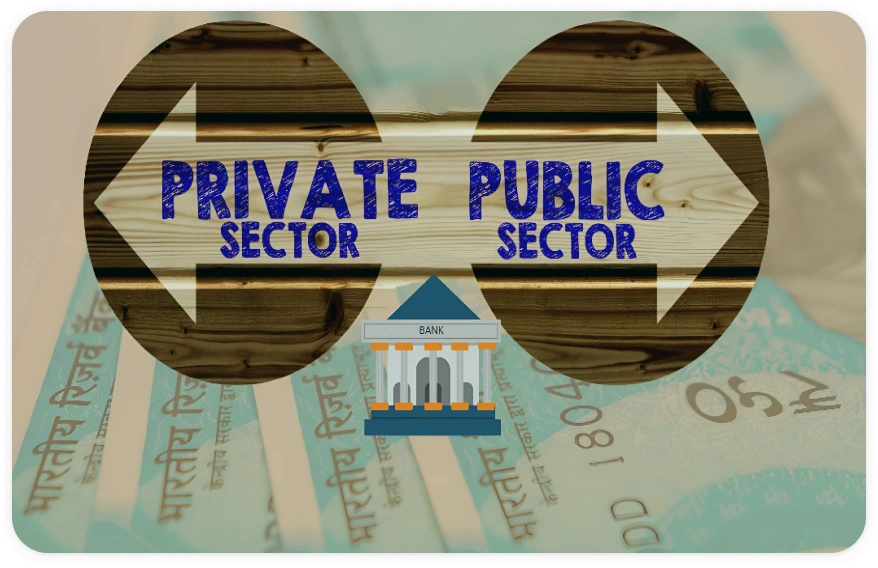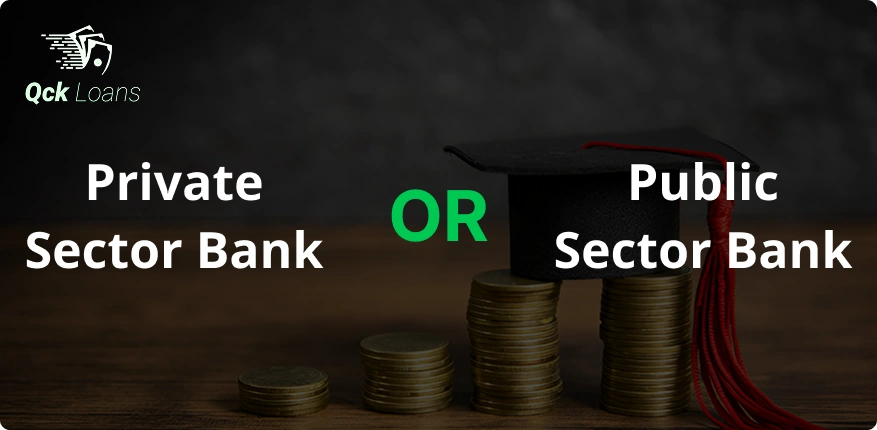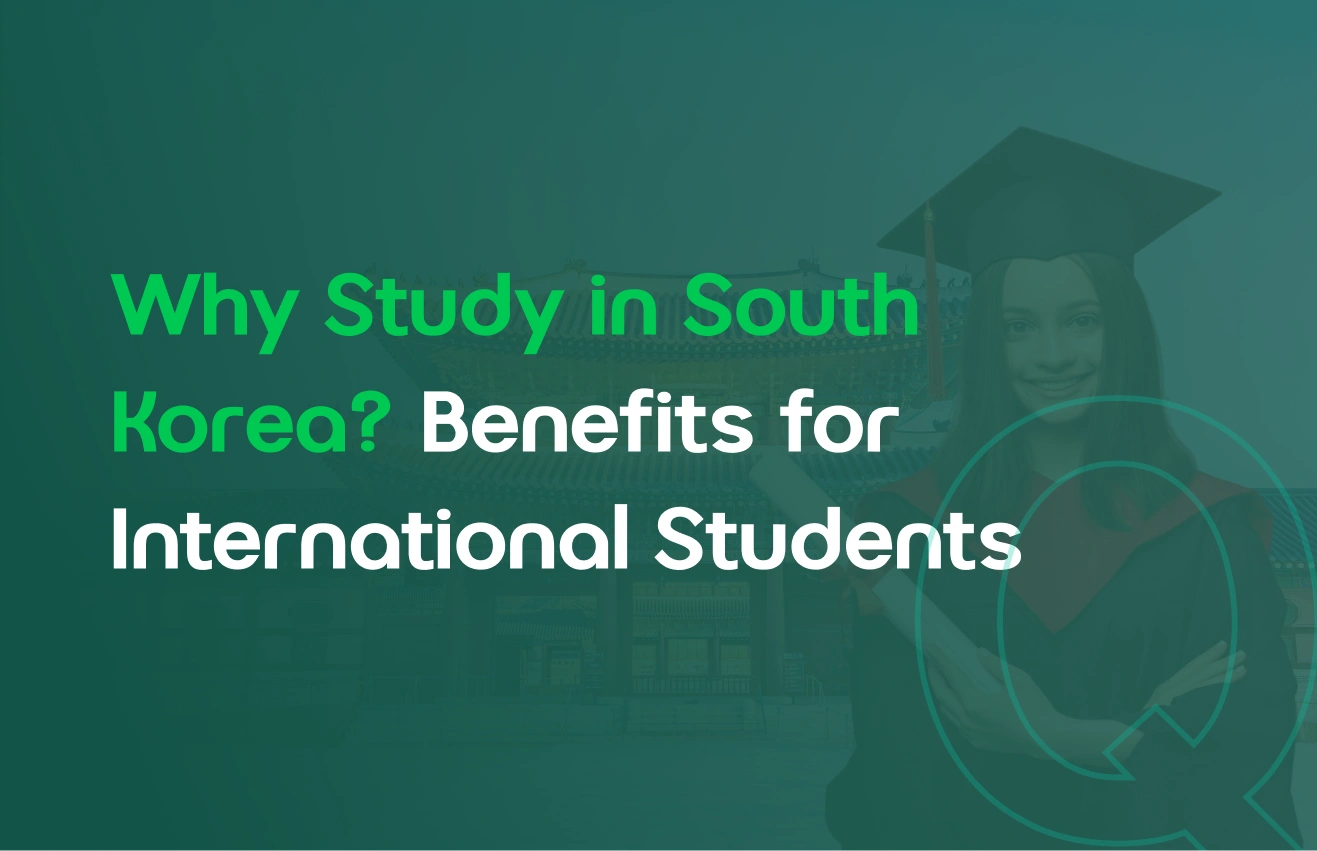The higher education expense abroad presents you with a financial challenge i.e., to fund your academics. Some universities have high fees and living costs in some cities are also high. Your education costs depend on which city you live in, your college, and your course. For many of you, education loans are your first experience with borrowing money. When applying for a student loan, you wonder about the difference between public sector and private sector banks. Financing your higher education using an education loan is challenging. You have to search for something that covers your cost as well as ensure it doesn’t drain out your pocket. A study loan is your financial liability for around a decade and selecting something that helps you save money while financing your education is advantageous.
But which bank should you choose for your education loan? What is the difference between public sector and private sector banks? This blog provides a detailed comparison of education loans offered by both public and private banks. By the end of this guide, you’ll be able to make an informed decision. Make sure to go through this blog before finalizing your lender.
Several factors come into play when choosing a suitable financial institution for a study loan. These factors play important roles when comparing public sector vs private sector banks. Here is the comparison between the two types of banks:
The interest rate for public and private banks differs from each other. The latter offers higher interest rates than the former. Public sector banks offer interest rates between 7.55% to 12.35% per annum. For instance, SBI offers a 9.65% to 10.15% interest rate and Bank of Baroda offers a 9.07% to 10.65% interest rate. On the other hand, private-sector banks offer interest rates between 9% to 10% for secured student loans and 11% to 13% for unsecured student loans. The low interest rates are one of the main differences between public sector and private sector banks and attract students to the former.
The turnaround time for education loan processing is quite similar across both public and private sector banks, typically ranging from 7 to 15 working days. The actual processing time depends more on factors like the applicant’s profile, income, documentation, and timing of the application rather than the type of bank. So, whether you apply through a public or private bank, your experience will largely depend on how well-prepared your application is.
The processing fees that private banks charge are much higher than those of public banks. The former levy a processing fee of 1% to 2% of the whole loan amount, whereas the latter charge a processing fee of Rs. 5000 to Rs 10,000+GST. The processing fees of public sector vs private sector banks’ student loans cover the costs of evaluation and loan processing, such as credit checking, verification, and approval.
The maximum loan sum is a primary difference between public sector and private sector banks for study loans. Since overseas study has high fees and living costs, you may choose a bank with a high loan amount. Public banks have a limit on the amount they lend to a borrower. They have a limit of approximately Rs 40 lakhs to 1 crore. For instance, SBI offers up to 1.5 crore for overseas education and Canara Bank offers up to Rs. 40 lakhs. On the other hand, private banks rarely have a limit on the amount they lend to a borrower and offer need-based financing. The maximum loan amount is vital when considering public sector vs private sector banks for education loans.
Repayment duration is the time within which you have to pay off your study loan to your lender in EMI (Equated Monthly Instalments). The EMIs for student loans begin after the grace period ends. The repayment tenure is another big difference between the public sector and private banks. The former offers a long repayment tenure of around 20 years, whereas the latter offers a short repayment tenure of approximately 10 to 15 years.
Now that you know what a repayment tenure is, you wonder: What is a moratorium or grace period? It is the time during which you do not need to pay any amount to the lender. It is the waiting time of approximately 6 to 12 months that a lender gives you. Private banks offer a 6-month grace period, while public banks offer a grace period of approximately 12 months.
The simple interest offered by public sector and private sector banks differs greatly. Paying the simple interest to the former right after disbursement is optional. On the other hand, paying the simple interest to a private bank after your loan is approved and disbursed is compulsory.
What is Margin money? It is the down payment you make to your lender. Several banks in the public sector levy a down payment for study loans over Rs. 4 lakhs. On the contrary, banks in the private sector offer flexible terms and no security or margin money. Public banks offer margin money of 5% to 15% for lending more than Rs. 4 lakhs, while public banks offer 100% financing on study loans irrespective of the amount.
Another big difference between public sector and private sector banks lies in prepayment tenure and charges. The former does not offer any prepayment tenure, and you can pay off the loan at any time within the repayment duration. Also, public banks do not charge any prepayment fees. On the other hand, if you opt for a loan from a private bank, you can prepay the loan only after completing 6 months of your study loan.
So, that’s all about the comparison between public and private sector banks for study loans. These banks offer their education loan services to the same target market. However, when choosing a bank, the difference between public sector and private banks plays a huge role in your decision. Public banks offer low interest rates and government-backed perks, making them cost-effective. In contrast, private banks offer faster processing but at high interest rates. The ultimate decision of choosing one is based on your requirements.






